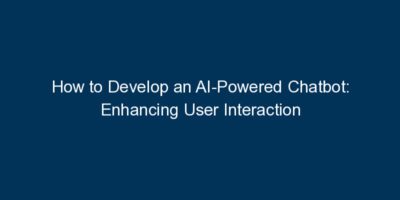Hybrid cloud environments offer organizations the flexibility to leverage both on-premises infrastructure and cloud services. This blog provides a step-by-step guide on how to set up a hybrid cloud environment, enabling seamless integration and efficient management of resources across diverse platforms.
Introduction:
As businesses embrace the advantages of cloud computing, a hybrid approach allows them to balance the benefits of the cloud with the control of on-premises infrastructure. This guide explores the essential steps to establish a hybrid cloud environment, fostering agility and scalability.
Key Steps to Set Up a Hybrid Cloud Environment:
- Assessment of Workloads: Evaluate your existing workloads to determine which are suitable for migration to the cloud and which should remain on-premises. This assessment guides your hybrid cloud strategy.
- Selection of Cloud Service Providers: Choose the cloud service providers that align with your organization’s requirements. This may involve public cloud giants like AWS, Azure, or Google Cloud, depending on your specific needs.
- Integration and Interoperability: Implement seamless integration between on-premises infrastructure and the chosen cloud services. Ensure interoperability for data and applications to flow effortlessly between environments.
- Networking Considerations: Design a robust network architecture that facilitates communication between on-premises and cloud resources. This includes establishing secure connections and optimizing bandwidth for efficient data transfer.
- Data Management and Security: Develop a comprehensive strategy for data management and security. This involves implementing encryption, access controls, and data backup mechanisms to safeguard information across hybrid environments.
- Monitoring and Optimization: Implement monitoring tools to track the performance of both on-premises and cloud resources. Continuously optimize your hybrid cloud environment based on insights gained from monitoring.
Conclusion:
Setting up a hybrid cloud environment is a strategic decision that allows organizations to capitalize on the benefits of both on-premises and cloud infrastructure. By following the steps outlined in this guide, businesses can establish a seamlessly integrated hybrid cloud environment that adapts to their evolving needs.






















Comments